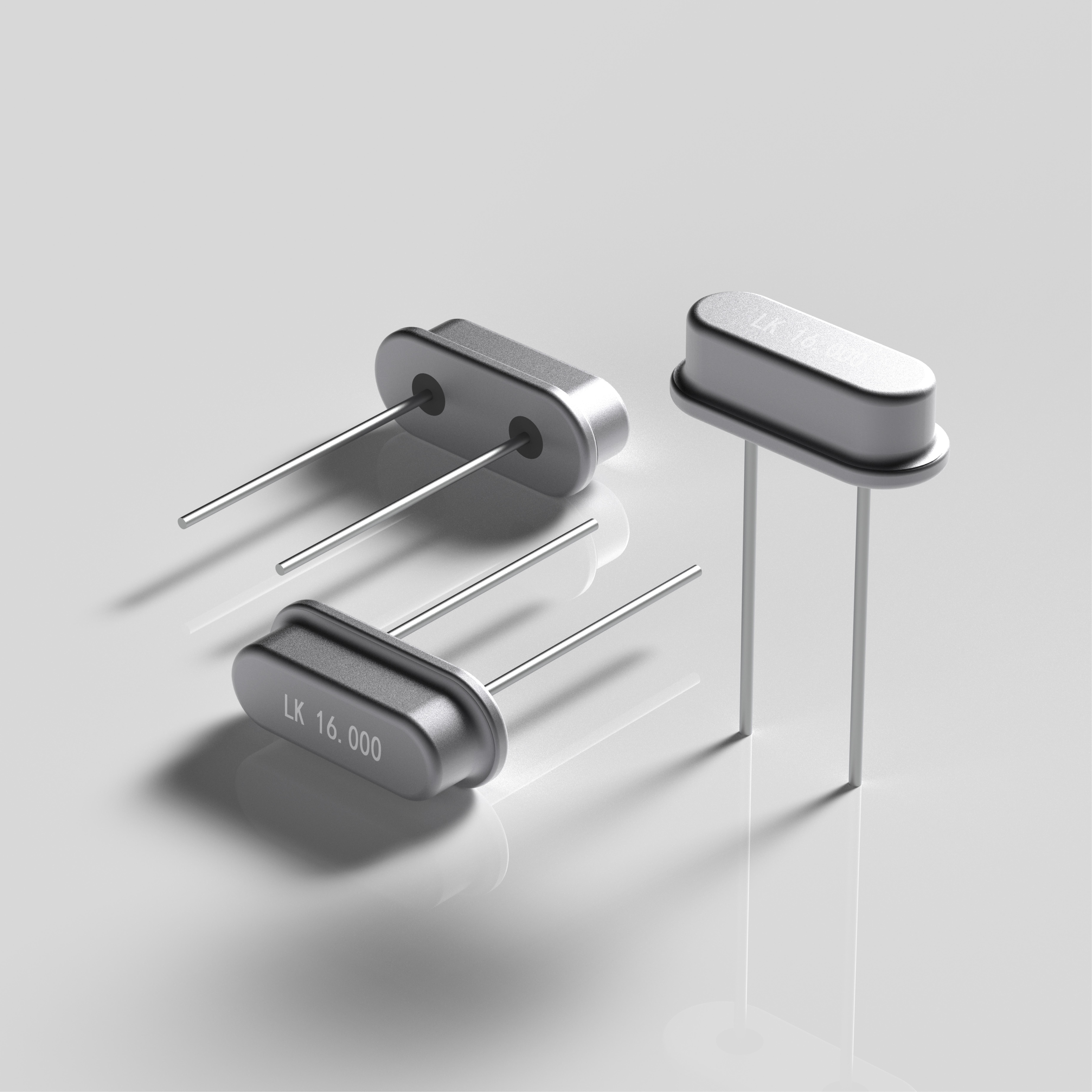Power tools are essential for professionals and DIY enthusiasts alike, but over time, their motors can accumulate dust, debris, and grime, leading to decreased performance and potential damage. In this comprehensive guide, we will delve into the intricacies of cleaning power tool motors, providing you with expert tips and techniques to ensure optimal performance and longevity.
- Understanding the Importance of Cleaning Power Tool Motors:
- The accumulation of dust and debris can hinder the motor's cooling system, leading to overheating and reduced efficiency.
- Regular cleaning enhances the tool's performance, extends its lifespan, and minimizes the risk of malfunctions.
- Neglecting motor maintenance can result in costly repairs or the need for premature replacement.
- Preparing for Motor Cleaning:
- Safety first: Always disconnect the tool from the power source and wear appropriate protective gear.
- Gather the necessary tools: Soft-bristle brush, compressed air canister, lint-free cloth, cleaning solution (if required), and a small vacuum cleaner.
- Step-by-Step Cleaning Process:
Step 1: Exterior Cleaning
- Use a soft-bristle brush or a lint-free cloth to remove loose dirt and debris from the tool's exterior.
- Wipe down the surface with a damp cloth to remove any stubborn stains or grime.
Step 2: Disassembling the Motor (if applicable)
- Refer to the manufacturer's instructions to determine if the motor can be disassembled for thorough cleaning.
- Carefully remove the motor housing, brushes, and any other accessible parts.
Step 3: Cleaning the Motor Components
- Gently brush away dust and debris from the motor's exterior using a soft-bristle brush or compressed air canister.
- Use a small vacuum cleaner to remove any remaining loose particles.
Step 4: Cleaning the Brushes (if applicable)
- Remove the brushes from the motor and inspect them for wear or damage.
- Clean the brushes using a soft brush or compressed air to remove any built-up carbon or debris.
- Ensure the brushes are properly aligned and make good contact with the commutator.
Step 5: Reassembling and Testing
- Carefully reassemble the motor components, ensuring all connections are secure.
- Test the power tool to ensure it operates smoothly and efficiently.
- Additional Tips for Optimal Motor Maintenance:
- Regularly inspect the power cord for any signs of damage and replace if necessary.
- Lubricate moving parts as recommended by the manufacturer.
- Store power tools in a clean and dry environment to prevent dust accumulation.
Conclusion:
Cleaning a power tool motor is a crucial aspect of maintenance that should not be overlooked. By following the step-by-step guide provided above, you can ensure that your power tools perform at their best, last longer, and remain safe to use. Remember, a well-maintained motor is the key to achieving professional results and maximizing the lifespan of your valuable tools. So, invest some time in cleaning your power tool motors and reap the benefits of enhanced performance and longevity.






